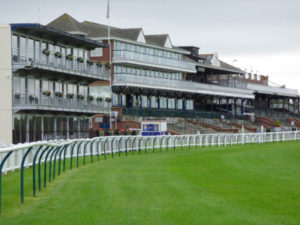
There are many things the Scots are famous for and although we would not put horse racing on the list, the sport does have a significant presence north of the English border. You will find five racecourses in Scotland, two hosting just National Hunt action, one hosting just flat racing and the remaining pair covering both codes. It is interesting to note that none of the five racecourses is owned by either of the two industry giants (The Jockey Club or Arena Racing), so there is plenty of variety among them.
The five courses are reasonably spread out too, from a geographical perspective, with action taking place centrally and on either coast. Notably though there is no course in the north of Scotland, so if you are based in the likes of Inverness, it is a fair trek to see any live racing. Residents in the southern half of Scotland have it better from a racing perspective and, for some, they may also find it convenient to travel to some of the northernmost English courses. Carlisle, Hexham and Newcastle are all close to the border and have good public transport connections to Scotland.
Racecourses in Scotland
| Course | Location | Race Type | Track Surface |
|---|---|---|---|
| Ayr | Ayrshire | Flat, Jumps | Turf |
| Hamilton Park | Glasgow | Flat | Turf |
| Kelso | Scottish Borders | Jumps | Turf |
| Musselburgh | East Lothian | Flat, Jumps | Turf |
| Perth | Perthshire | Jumps | Turf |
Horse Racing in Scotland
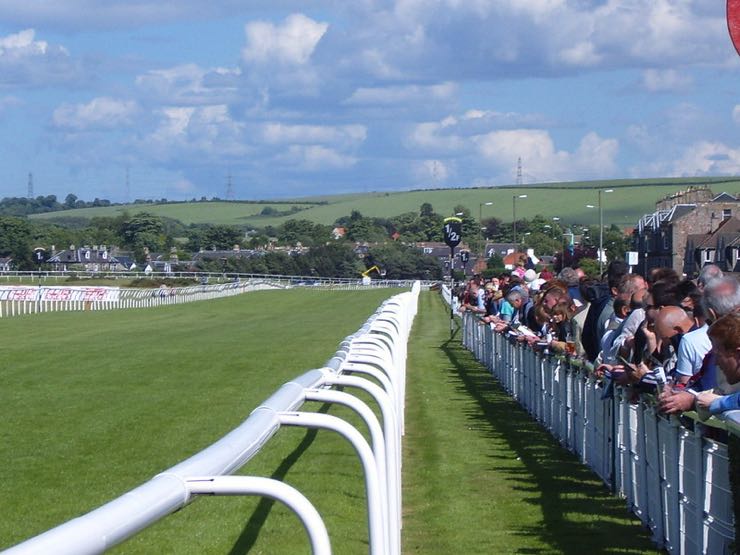
Although facilities at Scottish racecourses have improved significantly over the years, the more general landscape has changed very little. Perth is the most recent of the courses in the country but this was built well over 100 years ago, in 1908. Even recent closures have been a rare sight too. The 20th century only saw two courses shut their doors for good, these being Bogside Racecourse and Lanark Racecourse. Neither was particularly recent though so for the nearly the last five decades it has been Perth, Kelso, Ayr, Musselburgh and Hamilton Park responsible for thoroughbred racing in Scotland.
Number of Meetings
As the two mixed-code racing venues, it is Ayr and Musselburgh that provide relatively more action, each hosting in the region of 30 fixtures per year. Kelso, Hamilton Park and Perth hold distinctly fewer meetings, typically around 15 to 20 per year. All five of them combined are responsible for over 100 of the racing fixtures that take place in Britain every year.
You will find the biggest proportion of them are scheduled for the flat season but there is still plenty of action in the main jumps season too. All of the five courses have a traditional grass course (or courses) as no Scottish racing venue has decided to make the switch to an all-weather surface.
Summer & Evening Races Common
Having more racing in the summer opens up the possibility of evening racing and there is a fair amount of this in Scotland. Almost 20% of all meetings start at this later point in the day and they can bring with them a different atmosphere. You can catch such meetings between April and September but outside of these, it is not possible as no Scottish courses have floodlight facilities (these often only come with all-weather courses).
Noteworthy Races
Scottish racing is not as big as horse racing in England, whether looking at prestige or prize money, but they do have some noteworthy races. Sometimes these races are alternatives to English races, for example the Scottish Grand National, the Scottish Champion Hurdle or the Scottish Fillies’ Sprint Stakes.
There are also some Scottish-only highlights though, such as the Premier Kelso Hurdle, which boasts Grade 2 status, making it the (joint) highest classified National Hunt event in Scotland. Ayr also hosts a couple of contests with the same grading, one of them being the Future Champion Novices’ Chase. In addition, the southwest coast course hosts a couple of major flat races including the Group 3 Firth of Clyde Stakes and the extremely popular Ayr Gold Cup.
So, while Scotland may lack any Grade or Group 1 events, there are still several big events that run here, ones that capture plenty of media attention. For these high-profile races, many of the biggest trainers from England and Ireland will be in attendance as it is well worth making the relatively long trip.
Scotland Racecourses

Here we take a look at each of the courses more specifically, including what each has to offer visitors coming to the racecourse.
Perth
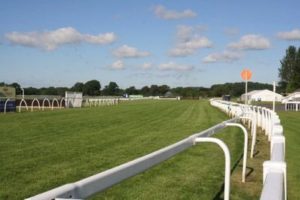
We will start by taking a closer look at Scotland’s northernmost course, this being Perth. Much like Ayr and Musselburgh, the course itself is located very close to water, in this case the River Tay. Sitting beside the banks of the river is a summer National Hunt course with sweeping turns and a long home straight. Although it lacks much when it comes to high-quality racing, the course itself is a little more upmarket than others and this is reflected in its ticket prices.
Most meetings will set adults back £25 or £30 (concessions receive a £5 discount) if wanting a grandstand ticket. Some meetings do come with the option of a £20 picnic enclosure ticket though. Although facilities are extremely basic with this, patrons can bring their own food with them.
Musselburgh
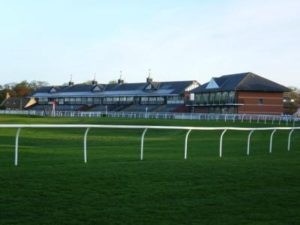
Heading south now, we arrive at Musselburgh Racecourse, a place which used to be officially known as ‘Edinburgh Racecourse’. This former name was slightly misleading though as the course is located in Musselburgh, around six miles east of Edinburgh city centre. Although it faces its fair share of harsh weather, the course is particularly robust and will continue to run meetings even when other courses are forced to cancel their plans.
If you are looking to have an ‘upgraded’ raceday experience, Musselburgh offers a range of superb hospitality options although most are targeted for larger groups. For just a standard general admission ticket, entry here will typically set you back £20 but be mindful that premium racedays will come at an additional cost.
Hamilton Park
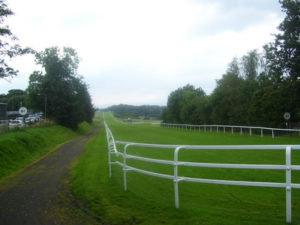
Heading west now, and close to the city of Glasgow is where you will find Hamilton Park. It is a distinctive place to race due to the shape of the course. For longer races, you will see horses run away from the finishing post, loop round an incredibly sharp behind, before coming back down the very same straight they first went down. With a limited amount of actual track to work with, Hamilton is limited to hosting races no further than 1m5f in distance (these starting just behind the winning post). In addition to the sharp top loop turn, the course is also incredibly undulating with some pronounced uphill and downhill sections. For spectators though, being at Hamilton is much less of a challenge, especially as the course has a 118 room Hampton by Hilton hotel on-site.
It is a place that gets plenty of visitors too as Hamilton has claimed ROA Gold Standard since 2008 and is a VisitScotland 5 Star Visitor Attraction. Additionally, it is regularly nominated for a range of industry awards. In 2018 for example, it was named the best small racecourse in Scotland and the North by the Racegoers Club. It can be a particularly attractive place for students and over 60s to visit as both enjoy a reduced price ticket, often costing just £15.
Ayr

Continuing west we arrive at Ayr Racecourse, the most premium racecourse in the country. Hosting both high-quality jump and flat racing across the entire year, Ayr usually sees the highest average attendance of all the courses in Scotland. So, if you are after a more electric atmosphere, you cannot go wrong with this multiple-award-winning racecourse.
It is not just the racing action that pleases visitors at Ayr though as the place offers both modern and clean facilities. It even boasts a high-quality racing surface, one that is wide enough to facilitate sprint races featuring as many as 25 runners. Although abandonments are relatively rare, the going can become extremely testing during the winter months, making this one of the most gruelling places in Britain to race.
Kelso
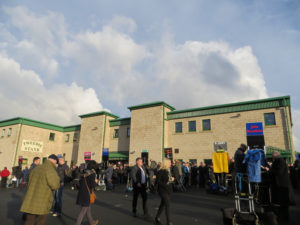
Last but by no means least, we move onto Kelso, a small but extremely friendly racecourse with a laid-back atmosphere and a unique grandstand. Their special centrepiece of the course dates back to 1822 and the listed structure still retains many of its original Georgian-era features. Packed with plenty of charm and surrounded by swathes of countryside, most spectators love coming here even though it is the most remotely located course in Scotland.
In truth, there is very little not to love about it, unless you want more of a party atmosphere. Ticket prices are extremely reasonable, there is no dress code enforced and generally racing is of a decent quality as Kelso provides horses with a real test of both their jumping ability and stamina.
Best Meetings
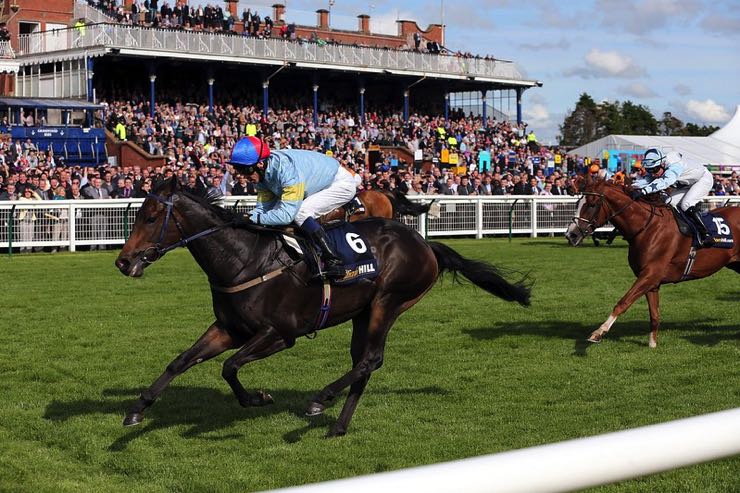
Scotland is home to a lot of popular race meetings and festivals, with these drawing in a much higher crowd than usual. Some of these meetings will sell out, or at least some ticket types will sell out, so pre-booking a fair while in advance is always advised.
Perth: April Festival
At Perth, their big highlight is the three-day April Festival which starts the new season. There is a great feel across each day of the meeting but if you want our personal pick, go for the finale on Friday. This is the day of the Highland National, a marathon 3m6f contest that sees horses take on 23 fences, so it is not a contest for the faint of heart.
Musselburgh: Ladies Day
At Musselburgh there is no question which the biggest race meeting is, with this being Ladies Day, usually held in early August. Musselburgh claim it is “Scotland’s biggest and most prestigious 5 star Ladies Day” and we would struggle to disagree with them. Regularly selling out, racegoers dressed in glamorous style flock to this very fashionable meeting. If you are not so bothered about fashion, then the Summer Finale weekend is a very climactic end to the flat season and there is the popular New Year’s Day jumps meeting too.
Hamilton Park: Ladies Night
Much like Musselburgh’s biggest day is their Ladies Day, the star of the show at Hamilton is their Ladies Night, usually scheduled for late July. As well as all the dazzling fashion, Hamilton also brings in some familiar DJs/musicians to keep the crowd fully entertained. There is after-race entertainment provided too for the Lanark Silver Bell race night in August, with the Silver Bell itself being one of the oldest sporting trophies in the world. It is a particularly big meeting now given that in 2022 the Silver Bell was upgraded to a £100,000 Heritage Handicap, making it one of the richest races in Scotland.
Kelso: Ladies Day
Kelso is rather lacking in any particular big meetings although their Ladies Day tends to attract the biggest turnout.
Ayr: Gold Cup Festival & Scottish Grand National
As for Ayr, there is a much bigger selection of highlight fixtures to choose from including the three-day Ayr Gold Cup Festival. The opening day is the quietest but on day two you have Ladies Day while the final day sees the ultra-competitive Gold Cup itself, regularly including a maximum field of 25 runners.
We, of course, also have to mention the Scottish Grand National Festival too, which is the country’s biggest and richest jumps festival. There is another Ladies Day to begin this special occasion while the second day focuses more on on-course entertainment as it stages both the National itself and the sought-after Scottish Champion Hurdle.
History of Racecourses in Scotland
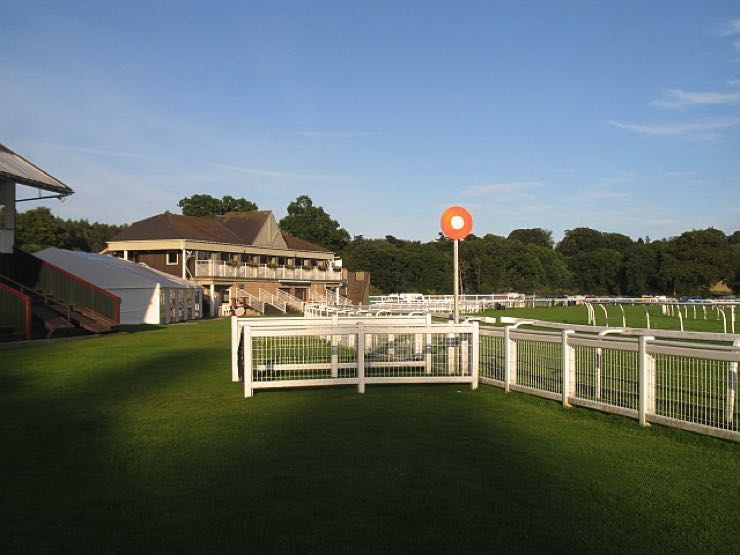
There is evidence that horse racing has been taking place in Scotland for at least 900 years. The original Lanark Silver Bell trophy was originally contested during the reign of William the Lion of Scotland, making it one of the earliest horse races in the world. The original silver bell has since been lost with the present bell dating back to the 17th century. The race itself continued for many centuries, however, until Lanark Racecourse closed down in 1977. It was only in 2008 that Hamilton Park revived the historic event.
Scottish Racing Started in the 1500s
While there are details of other races across the 1500s, including one at Haddington, racing only really took off during the period James VI was on the throne. Regular action took place at Peebles and Dumfries from 1575 although all action was later paused due to the Civil War in the mid-1600s.
It did return though following the Restoration and began to spread, particularly in the Lowlands. By 1816, the spread had increased the number of courses in Scotland to nine, four more than are active today. One of these was Hamilton Park which opened in 1782. Musselburgh and Kelso emerged fairly soon after, while Ayr and Perth are relatively “new” courses, built in 1907 and 1908, respectively.